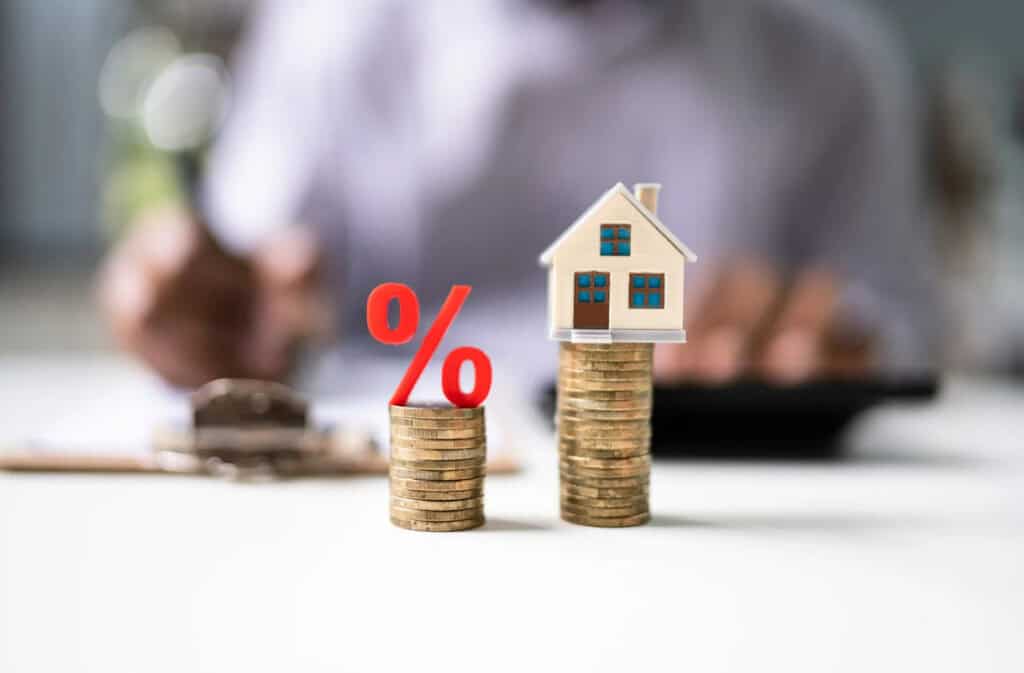Purchasing a home in Singapore is a significant milestone and investment. However, understanding the trends in mortgage interest rates can be complex and daunting.
Table of Contents
This blog post aims to simplify this crucial aspect of home-buying by exploring the historical trends in mortgage interest rates in Singapore. Whether you’re a first-time buyer or a seasoned property investor, this guide has the insights you need.

Why Mortgage Interest Rates Matter
Mortgage interest rates Singapore play a vital role in determining the affordability of a home. They influence the amount you’ll pay over the life of your loan.
Lower rates mean lower monthly payments, while higher rates can significantly increase your financial burden. Understanding these rates is essential for making informed decisions.

The Early Years of Mortgage Interest Rates in Singapore
In the early years, Singapore’s mortgage interest rates were relatively high. During the 1980s, rates often hovered around 10% or higher. This period was marked by economic volatility and high inflation, which influenced the Central Bank’s decision to keep rates elevated.
Borrowers during this time faced substantial interest payments, making homeownership more challenging.
The 1990s and the Shift to Lower Rates
The 1990s saw a significant shift in mortgage interest rates in Singapore. With the global economy stabilizing and inflation rates dropping, the government and financial institutions began to lower interest rates.
By the mid-1990s, rates had dropped to around 6-8%. This reduction made homeownership more accessible to a broader segment of the population.
The 2000s and the Introduction of Floating Rates
The early 2000s introduced floating interest rates, which allowed borrowers to benefit from fluctuating market rates.
This period saw rates drop to as low as 3-5%, providing substantial relief to homeowners. The adoption of floating rates offered more flexibility, enabling borrowers to take advantage of lower rates when the market was favorable.
The 2008 Financial Crisis and Its Impact
The 2008 financial crisis had a profound impact on mortgage interest rates globally, including in Singapore. Central banks worldwide slashed interest rates to stimulate economies, and Singapore was no exception.
Mortgage rates dropped to historic lows, hovering around 1-2%. This period was an opportune time for refinancing loans or entering the property market.
Post-Crisis Recovery and Gradual Rate Increases
After the financial crisis, the global economy began to recover, leading to gradual increases in mortgage interest rates.
By the mid-2010s, rates in Singapore stabilized around 2-3%. This period was characterized by cautious optimism, with financial institutions maintaining relatively low rates to encourage sustained economic growth.
The Role of the Monetary Authority of Singapore
The Monetary Authority of Singapore (MAS) plays a crucial role in regulating mortgage interest rates.
MAS uses monetary policy tools to influence rates, aiming to balance economic growth with inflation control. Understanding MAS’s policies can provide insights into future rate trends, helping borrowers make informed decisions.

The Emergence of Fixed and Hybrid Rates
In recent years, fixed and hybrid mortgage rates have become more popular in Singapore. Fixed-rate mortgages offer stability, with rates locked in for a specific period, typically 2-5 years.
Hybrid rates combine elements of fixed and floating rates, providing flexibility while offering some protection against rate hikes.
Future Trends in Mortgage Interest Rates
Predicting future mortgage interest rates involves analyzing various factors, including economic indicators, government policies, and global events. While it’s challenging to predict exact rates, staying informed about these factors can provide valuable insights.
Experts suggest that rates will remain relatively low in the near term but may increase gradually as the global economy continues to recover. Understanding the historical trends in mortgage interest rates in Singapore provides valuable insights for both current and prospective homeowners.
From the high rates of the 1980s to the historic lows following the 2008 financial crisis, these trends highlight the importance of staying informed and adaptable.



